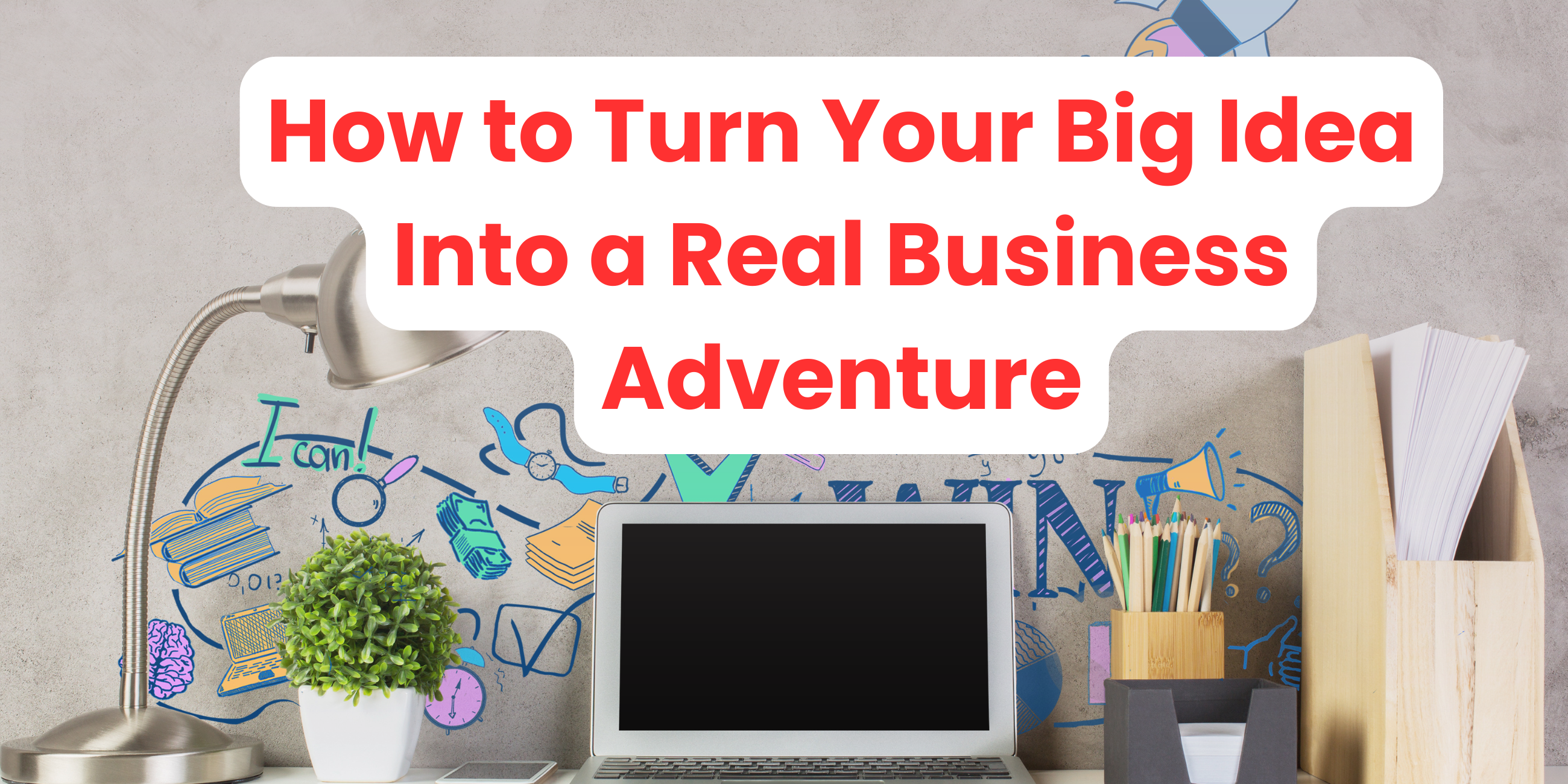Imagine you have a big, bright idea—maybe it’s a new toy, a cool game, or a super tasty snack you’ve dreamed up. It’s exciting, right? But here’s a secret: not every idea works out, and that’s okay. Even the smartest grown-ups, like Noah Kagan in his book Million Dollar Weekend, know this. They’ve learned that before building their dream business, they need to test their idea to see if people really want it. This is called “validating your idea.”
Let’s jump into the story of Emma, an 15-year-old with a knack for creativity, who dreamed of starting her own slime business. Emma’s journey will help us understand how you can turn an idea into something real and awesome, step by step.
Step 1: Understand the Problem You’re Solving

Emma loved slime and noticed something strange. Her friends always complained about slime being too sticky or drying out quickly. She thought, “What if I make the perfect slime that stays fresh and doesn’t stick to everything?”
Every great idea starts with a problem to solve. That’s what Noah Kagan talks about in his book too. He says businesses succeed when they fix something that bugs people.
What You Can Do:
- Ask yourself: What problem does my idea solve?
- Talk to friends, family, or classmates. Do they face the same issue?
Why It’s Important: If you’re solving a real problem, people will be excited about your idea.
Step 2: Find Out Who Will Love Your Idea

Emma started thinking about who would want her special slime. She realized her classmates, younger kids at her school, and even her little cousins might love it.
Noah Kagan would call this your “target audience.” Knowing who your idea is for helps you make something they’ll really enjoy.
What You Can Do:
- Imagine your perfect customer. Are they kids? Grown-ups? Teens?
- Write down what they like, what they don’t like, and what they might say about your idea.
Why It’s Important: If you know your audience, you can make your idea super special for them.
Step 3: Do a Little Detective Work

Emma grabbed her notebook and started researching slime brands online. She watched YouTube videos, read comments, and even checked out the slime aisle at the store. She noticed that many slimes had bad reviews because they weren’t stretchy enough.
Noah Kagan says research is like a treasure map. It shows you what’s working and what’s missing so you can create something better.
What You Can Do:
- Look at similar ideas or products.
- Find out what people like and don’t like about them.
Why It’s Important: Research helps you see where your idea fits in and how it can stand out.
Step 4: Make a Mini Version of Your Idea

Emma didn’t start with a full slime shop right away. Instead, she made a few small batches of slime in different colors and textures. She gave them to her friends to try out.
This is what Noah Kagan calls an MVP—a Minimum Viable Product. It’s a simple version of your idea to see if people like it.
What You Can Do:
- Create a basic version of your idea. It doesn’t have to be perfect!
- Share it with people and ask for their thoughts.
Why It’s Important: You’ll learn what works and what doesn’t without spending a lot of time or money.
Step 5: Ask for Opinions (And Really Listen)

Emma’s friends loved her slime, but one friend said, “I wish it smelled like strawberries.” Another said, “Can you make it glow in the dark?” Emma listened and started adding fun scents and glow-in-the-dark powder.
Feedback is a gift. Noah Kagan says the best businesses are built by listening to what people want.
What You Can Do:
- Ask people what they think about your idea.
- Take notes on what they love and what they’d like to change.
Why It’s Important: Feedback helps you improve and make your idea even better.
Step 6: See If People Are Willing to Pay

Emma decided to set up a small stand at her school’s craft fair. She sold her slime for $2 a jar. To her surprise, she sold out! This was a big sign that her idea was a hit.
Noah Kagan suggests testing your idea by asking people to pay for it. If they do, it means your idea has real value.
What You Can Do:
- Try selling your idea to a small group of people.
- Pay attention to how they react. Do they get excited?
Why It’s Important: If people are willing to pay, you know your idea is worth building.
Step 7: Keep Improving and Trying Again

Even though Emma’s slime was a success, she didn’t stop there. She kept experimenting with new colors, scents, and packaging. Her little business grew because she never stopped learning.
Noah Kagan talks about the power of taking action and learning as you go. The more you try, the better you’ll get.
What You Can Do:
- Keep making small changes to your idea based on feedback.
- Don’t be afraid to try new things.
Why It’s Important: Improvement keeps your idea fresh and exciting for your audience.
Your Dream, Step by Step
Validating your business idea isn’t scary; it’s an adventure! Just like Emma turned her slime idea into a fun business, you can turn your idea into something amazing too. Remember, even grown-ups like Noah Kagan started small. They tested their ideas, listened to feedback, and kept improving until they succeeded.
So what’s your big idea? Start small, be curious, and don’t forget to have fun along the way. The world is waiting for your next great invention!

